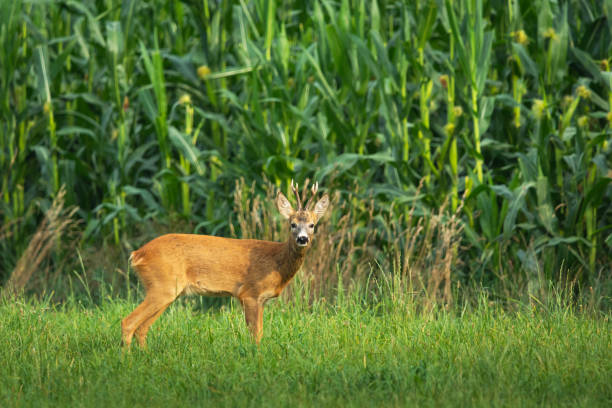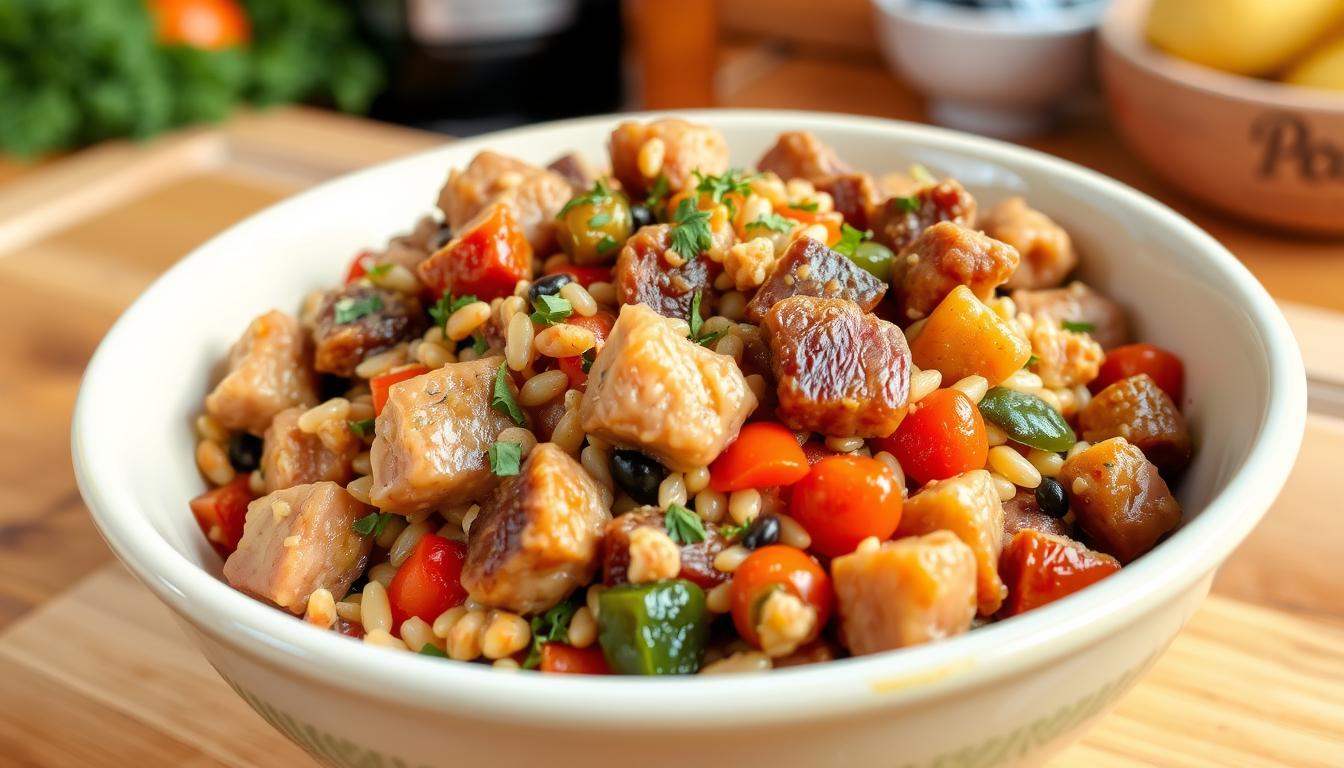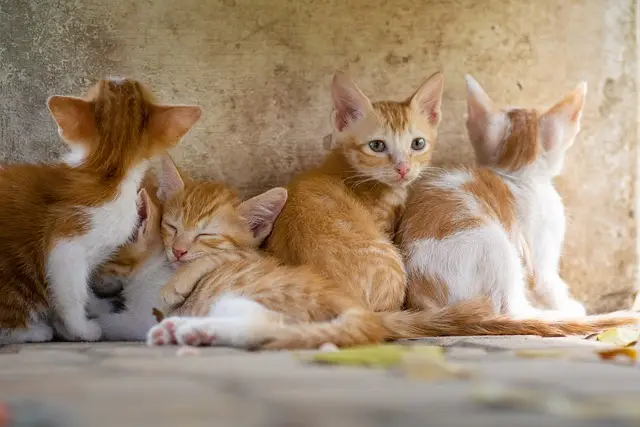Deer Corn: Everything You Need to Know for Successful Deer Feeding

Deer corn is one of the most popular types of bait used by hunters and wildlife enthusiasts to attract deer. Whether you are preparing for hunting season or just enjoy watching deer in your backyard, understanding how and when to use deer corn can significantly enhance your experience.
In this article, we’ll explore what deer corn is, its benefits, how to use it effectively, and tips to avoid common mistakes.

What is Deer Corn?
Deer corn refers to dried whole-kernel corn specifically used to feed deer. It’s often sold in 40- to 50-pound bags at feed stores, hunting supply shops, and farm supply outlets. It’s high in carbohydrates and offers deer a rich energy source, especially during colder months.
Benefits of Using Deer Corn
Using corn to attract deer has several advantages:
- High Energy Content: Packed with carbs that help deer maintain energy during the winter.
- Cost-Effective: Affordable and widely available.
- Easy to Distribute: Can be hand-spread or used with automatic feeders.
- Attracts Deer Quickly: Deer are naturally attracted to corn’s sweet smell and taste.
How to Use Deer Corn Effectively
To get the most out of deer corn, follow these practical tips:
- ✅ Choose the Right Location: Select open areas near water sources, trails, or bedding grounds.
- ✅ Use Feeders: Gravity or timed feeders help control corn usage and reduce waste.
- ✅ Combine with Other Feed: Mix corn with protein pellets or mineral supplements for a more balanced diet.
- ✅ Feed Responsibly: Overfeeding corn can harm deer digestion—use in moderation.
When is the Best Time to Use Deer Corn?
The ideal time to start feeding deer corn is late fall through early spring, when natural food sources are limited. Avoid using it heavily in summer, as deer need a more protein-rich diet during antler growth and fawning season.
Potential Drawbacks of Feeding Deer Corn
While deer corn is useful, there are some downsides:
- ❌ Low in Nutrients: Corn lacks protein and essential minerals for deer health.
- ❌ Overeating Risks: Sudden large amounts can lead to acidosis (digestive issues).
- ❌ Attracts Unwanted Wildlife: Corn may draw raccoons, hogs, and other animals.
- ❌ Legal Restrictions: Some states have laws against baiting deer—check local regulations.
Top Tips for Safe Deer Feeding
- 🟢 Introduce corn slowly to avoid digestive shock.
- 🟢 Mix with high-protein feed during the off-season.
- 🟢 Always provide clean water nearby.
- 🟢 Avoid feeding moldy or spoiled corn.
SEO Keywords to Use
- Deer corn
- Best deer corn
- Feeding deer corn
- Attracting deer with corn
- Is deer corn safe
- When to use deer corn
- Deer feeding tips
- Corn for deer hunting
- Whitetail deer feed
- Deer baiting strategies
Conclusion
Deer corn is a powerful tool for both hunters and wildlife watchers. When used responsibly and in the right season, it can help attract and sustain healthy deer populations. However, it’s important to combine corn with proper nutrition and follow local laws for ethical and safe feeding practices. Always feed in moderation and support the long-term health of the deer in your area.
Frequently Asked Questions (FAQs)
1. Is deer corn good for deer?
Yes, in moderation. Deer corn provides energy, especially in winter, but it should be part of a balanced feeding program.
2. Can you feed deer corn all year round?
It’s best used in late fall and winter. In warmer months, deer need more protein and minerals than corn provides.
3. How much deer corn should I put out?
Start with 1–2 pounds per feeding site. Monitor consumption and adjust based on deer activity and waste.
4. Does corn attract more deer?
Yes, deer are naturally drawn to the sweet smell and taste of corn, making it an effective attractant.
5. Is it legal to bait deer with corn?
It depends on your state. Always check your local wildlife or hunting regulations.



